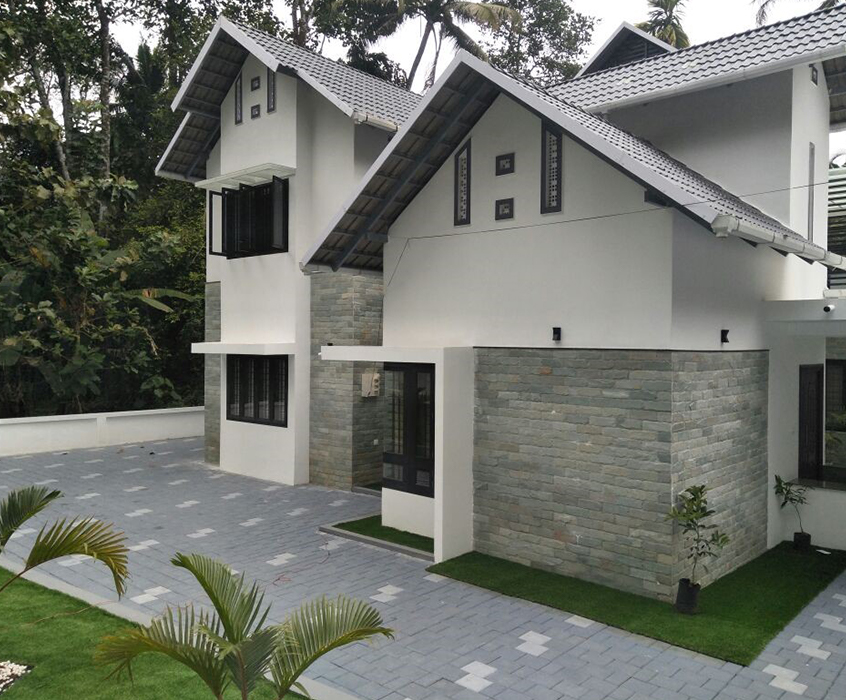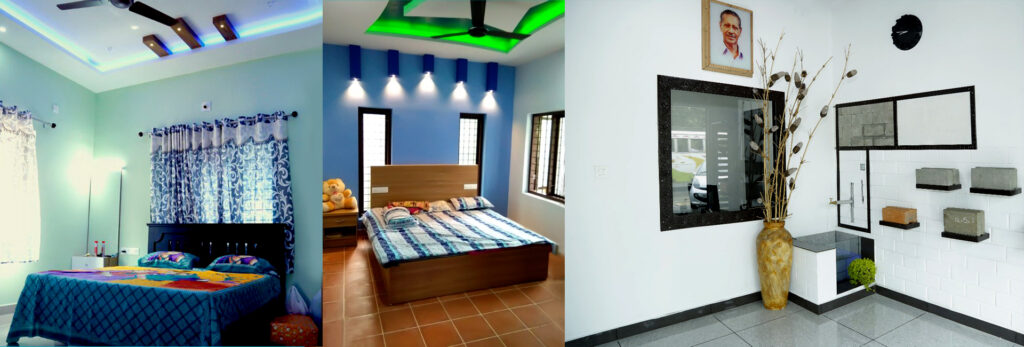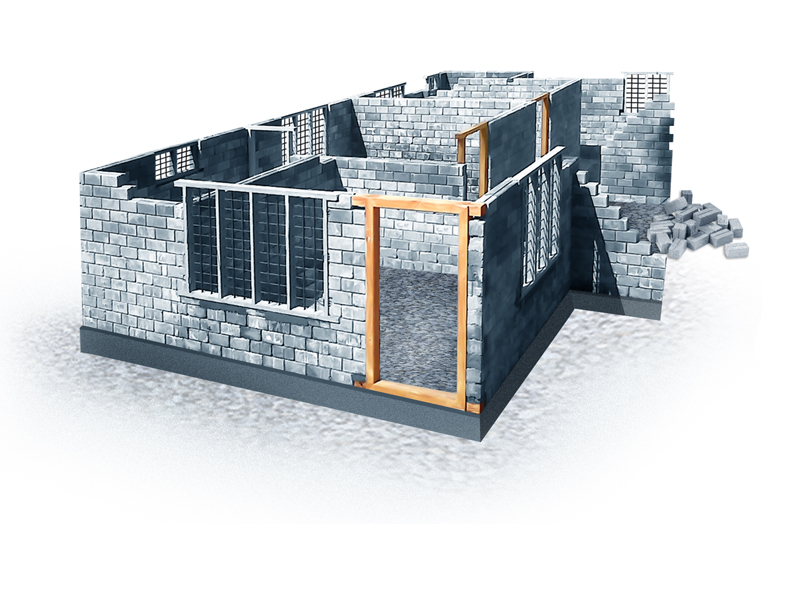
Can Interlocking Bricks be Painted?
- toughie
- 24 Feb, 2022
Interlocking bricks are the need of the time! A new technology in construction that is used nowadays to cut down building costs, Toughie Interlocking bricks has helped a number of people in India while building their dream home. Low-cost houses made of interlocking bricks that look just stunning are not just a dream, but a reality! Interlocking brick locks itself with other bricks and gives strength to the wall. No cement mortar is needed for the bonding.
Toughie concrete blocks are light grey high-density high strength blocks with heavy load-bearing capacity. These blocks are manufactured with a mixture of crusher dust, Ordinary Portland Cement, 6 MM baby metal (aggregate), and water by using dual compression hydraulic technology. The blocks are construction ready after 7 days of water curing and have a super fine finish.
Soil interlocking bricks from Toughie are manufactured by hydraulic compression of a mixture of laterite soil and ordinary Portland cement. The blocks are water cured for 7 days before being construction-ready and shipped to the site. After wall construction, a coat of waterproof painting and a thin layer of cement plastering is applied outside the mud-brick to increase its strength and prevent water from seeping in.

The external side of interlocking brick walls can be left as such without painting as the surface of the interlocking brick is relatively smooth. But the gaps have to be filled as space between the interlocks of these bricks is enough for insects and ants to set up their homes. However, a seal with putty could be done to prevent this. No painting is required and it is an extremely cost-saving feature.
Concrete Interlocking bricks come in light grey shades and have shiny outer surfaces. Putty could be applied only in the joints on the outer walls and the final touch was given with a coat of paint. There is no need to plaster the inner walls as well; instead, putty could be applied and then painted. If at all the internal wall needs to be plastered it is better to make the surface rough before plastering.
Contact us at Toughie Engineering to know more.


